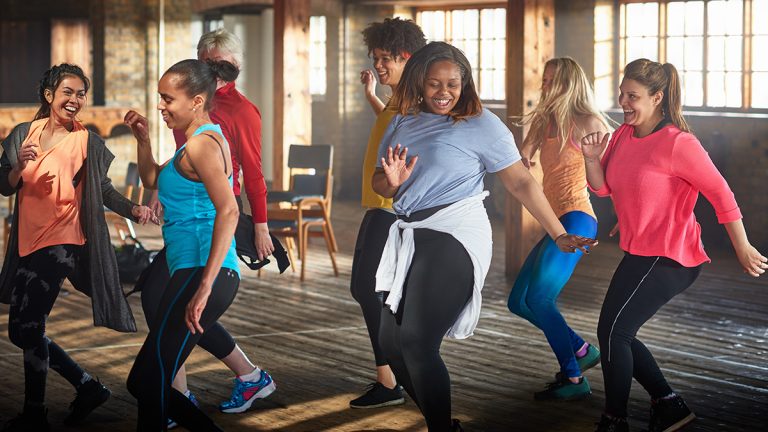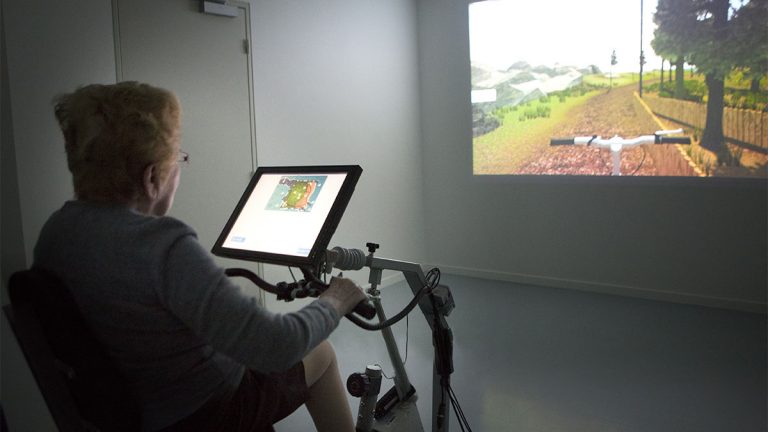Fitness tech moving toward social shares rather than game style
Why this matters
Socially incentivized workout products have increased in popularity in recent years. Is it because they're innovative and fun, or because people, in the social media age, want to show off what they're doing?
Christmas is right around the corner, meaning the New Year’s resolutions to hit the gym and get in shape are, too. And with those resolutions comes ever-changing fitness tech.While companies like Fitbit and Strava lead the way in the fitness market, they are shifting their focus away from “game-like” apps toward social media engagement, adjusting because consumers were feeling less incentivized to exercise once the games became stale.
Scholars have written about trends in activity, detailing that sharing, showing off or bragging about one’s achievements and experiences can often motivate consumers to engage in activities longer. Many people wait endless hours to see a popular artist in concert, simply for the social inclusion shown through various social media posts. Similarly, social media can help promote sustainable fitness initiatives. The positive feedback made by friends, family and peers made through comments can lead to continued physical activity.With the rapid development in mobile fitness tech, multiple companies are aiming at keeping consumers engaged by allowing them to share their step counts, calories burned and distances traveled with their friends and family on social media. An academic journal report titled “Walking for fun or for “likes”? The impacts of different gamification orientations of fitness apps on consumers’ physical activities” details the growing trend.
While social media and gamification each have their perks, integration of the social aspects and gamified apps in tandem has the potential to keep users more engaged than those strategies would if used separately. Instead of the games earning virtual pets and charms, the games would promote social interaction within a community, providing companies the the ability to keep users engaged longer and with higher fitness results.
Previously, companies attempted to “gamify” their apps to encourage usage. For example, Fitbit Pet was an initiative by Fitbit in which step counts turned into treats to feed a virtual pet and rewarded users with digital badges for completing various goals. Also, the virtual pet goes to bed at 10 p.m., prompting the user to also rest and in turn promoting healthy sleeping habits. Fitbit also experimented with a “Treasure Trek” game in which steps powered a virtual pirate ship traveling the seas to look for sunken treasure. Finding treasure would reward the user with virtual gold usable to upgrade the ship and crew.
Strava also entered the fitness game app market by converting user participation into an intricate reward points system with a leaderboard, ranking systems and virtual badges. In the past, similar stimulation has kept consumers engaged with fitness products to a certain extent. However, a study done by Jeroen Stragier and published in Computers in Human Behavior showed that nearly 75% of users who installed health-related apps on their smartphones stop using the apps within two weeks.
Nowadays, many people check Instagram before they read their email in the morning. As they adjust to the growing challenge of building engagement while also tapping into social media, numerous online fitness communities (OFCs), such as Strava, RunKeeper and Fitbit, have risen in popularity. Strava’s pitch of “Don’t just track your adventure – show it” feeds into the current desire of the masses to share every event in their lives.
In the study, two groups were given fitness apps – WeChat Sports and Walkup – to use to track their progress throughout the study. WeChat Sports focused on the social value added by using a fitness app, while Walkup focused on the emotional value gained through use of games. At the end of the seven-week study, the users of WeChat Sports logged nearly double the amount of steps as the users of Walkup as a result of staying engaged and competitive with their peers. The users of WeChat Sports were also reported more likely to continue the use of the app in the future.
With the holidays here and the social media craze at an all-time high, expect to see many of your peers posting their fitness goals and performances for everyone to see.
Chase Williams is a senior sports journalism student at Arizona State University







